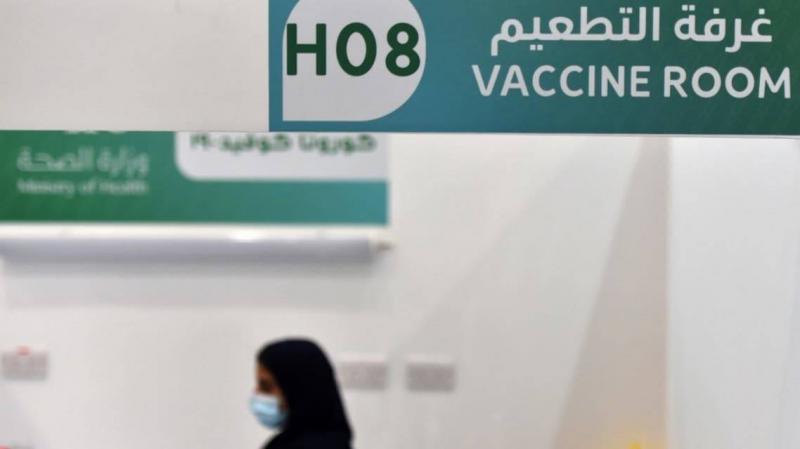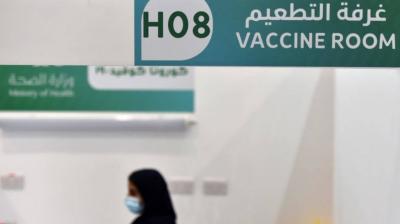The Saudi Ministry of Health announced today, Monday, a reduction in the time period for administering the booster dose to 3 months from the date of receiving the second dose. The health department shared several infographics through its "Twitter" account and awareness platform "Live Healthy," emphasizing the importance of the booster dose in enhancing the completed vaccination level of an individual. A single dose is not sufficient, especially with the presence of variants. The second dose raises immunity levels to a resistant and adequate level to combat the virus and its variations, significantly reducing the possibilities of complications and the severity of the disease. Currently, the booster dose is crucial for protection against complications and variants.
Additionally, the Saudi health authorities launched a campaign yesterday titled "Maintain Your Level with the Booster Dose" to encourage the administration of the booster dose of the COVID vaccine and to achieve community immunity.
This step continues the awareness campaign against the COVID-19 virus, initiated by the ministry since the outbreak began, under the title (Prevention from COVID-19). Its goal is to educate all individuals in the community across different segments about COVID-19 and guide them toward effective preventive behaviors to contribute to controlling its spread and ensuring the health and safety of all community members.
Furthermore, the Saudi health ministry revealed that it will soon begin administering COVID-19 vaccine doses to children aged between 5 and 11.
Regarding the history of vaccinations for children, researcher and patient safety trainer Sultan Al-Mutairi stated in an interview with "Al-Arabiya.net" that the vaccination program in Saudi Arabia is linked to birth certificates, with significant interest from the Saudi government. Two royal decrees were issued in 1979 and 1983 linking the issuance of birth certificates to the completion of basic vaccinations, followed by a third royal decree in 1988 to immunize all children against hepatitis.
He noted that this program began with six diseases: polio, tetanus, pertussis, measles, tuberculosis, and diphtheria. Following the program's success, hepatitis, rubella, and mumps were added to the vaccination schedule, raising the total to nine diseases. He confirmed that, as a result of this extensive program, the incidence rates of these diseases have significantly decreased.




